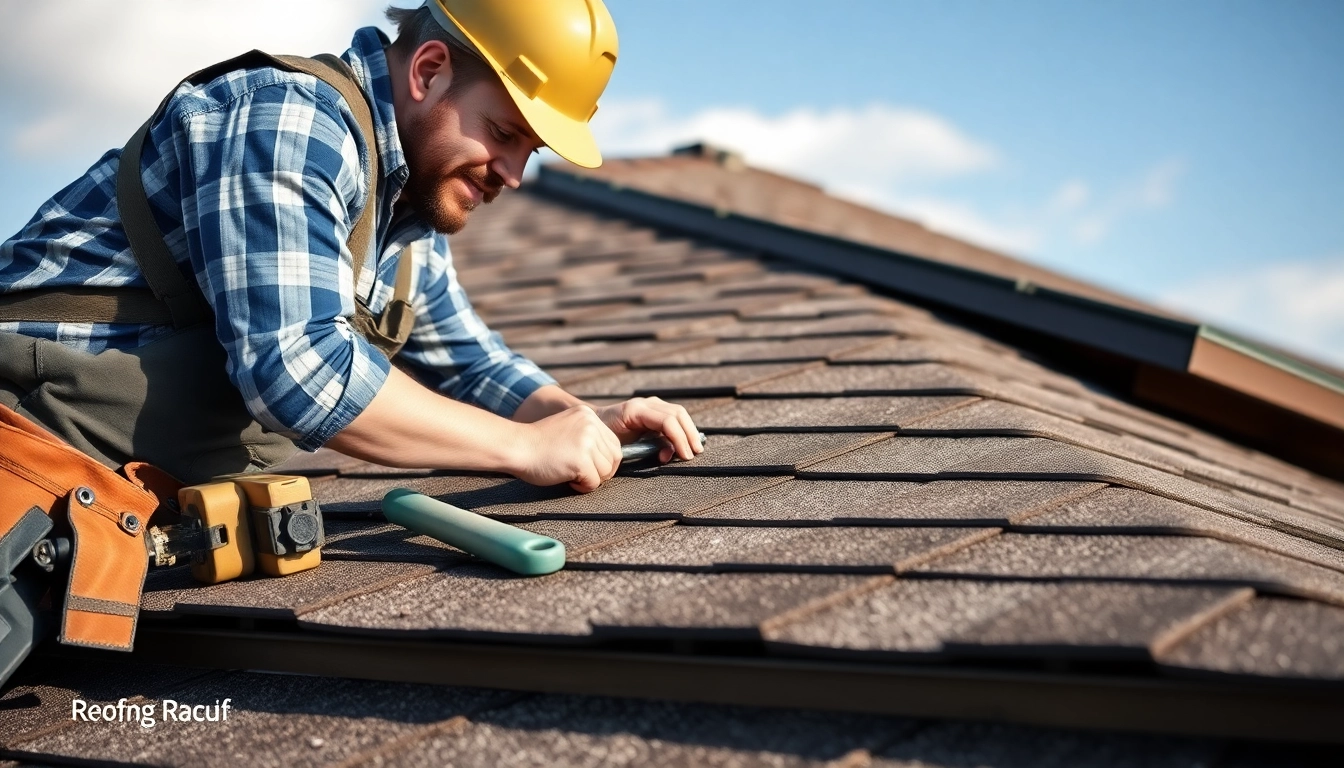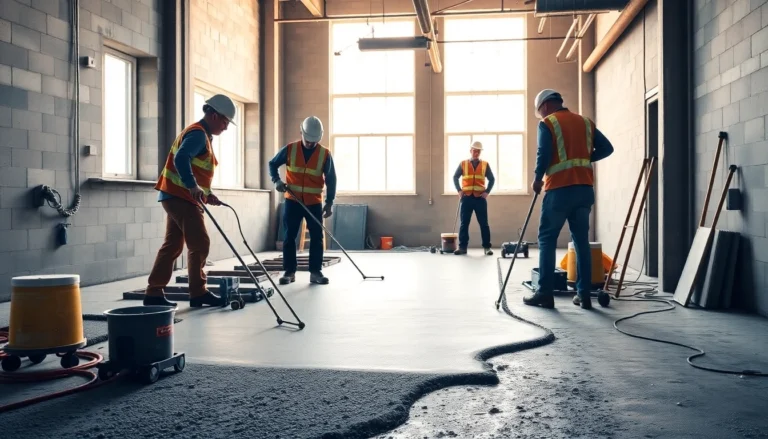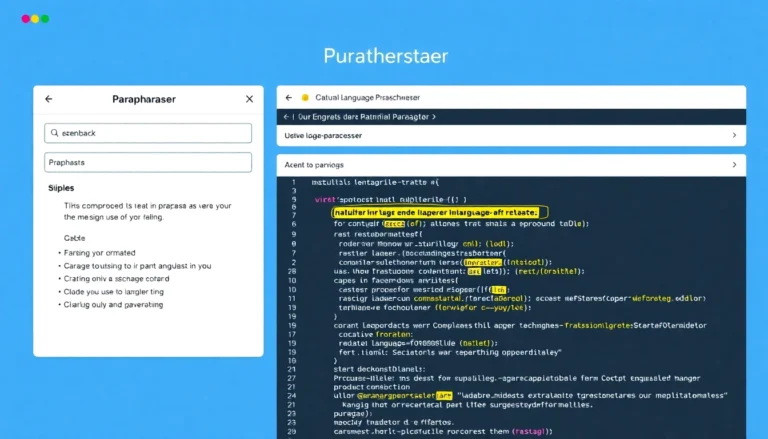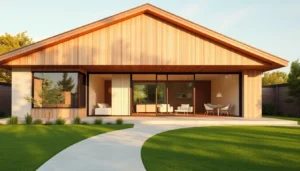Understanding the Need for Roof Repairs and Common Causes
The roof is a vital component of any building, acting as the first line of defense against the elements and ensuring the integrity of your home or commercial property. Over time, even the most durable roofs can suffer from damage, leading to the necessity for professional roof repairs. Recognizing the early signs of damage and understanding the common causes can save homeowners significant costs and prevent further structural issues.
For many, the key to maintaining a safe and watertight roof lies in awareness and timely intervention. Whether it’s a minor leak or extensive storm damage, addressing problems early can extend the lifespan of your roof and protect your valuable assets. If you’re searching for reliable and expert roof repairs, understanding the fundamentals is the first step toward making informed decisions.
Signs Indicating Your Roof Needs Repair
Detecting when your roof requires repair is crucial to preventing escalation of damage. Some common signs include:
- Water stains or damp patches: Often visible on ceilings or upper walls, indicating leaks that need urgent attention.
- Missing or damaged tiles/shingles: Visible from the ground or attic, these compromise the roof’s protective barrier.
- Persistent leaks during rain: Especially if they occur at specific points or when the wind blows from certain directions.
- Sagging roof sections: Signifying structural weakening or waterlogged materials.
- Excessive debris or moss accumulation: Can trap moisture, leading to decay or damage.
- Increasing energy bills: Poor insulation or ventilation caused by roof damage may elevate heating and cooling costs.
Regular inspections, especially after severe weather events, can help catch these signs early and schedule professional repairs well before serious issues develop.
Common Causes of Roof Damage in the UK
The UK’s climate notably influences roofing integrity. Several common factors contribute to wear and damage:
- Harsh weather conditions: Heavy rain, snow, hail, and strong winds can loosen tiles, cause leaks, or lead to structural stress.
- Freezing and thawing cycles: Water infiltration followed by freezing expands cracks and deteriorates roofing materials.
- Age of the roof: Most roofs have a lifespan of 15–30 years depending on materials, after which deterioration is inevitable without proper maintenance.
- Poor installation or maintenance: Faulty workmanship or neglect can accelerate damage and cause leaks or structural weaknesses.
- Biological growth: Moss, algae, and lichens retain moisture, corroding tiles and promoting decay.
- Tree branches and debris: Falling limbs or accumulated debris can puncture or block drainage systems, resulting in water pooling and damage.
Addressing these causes proactively through maintenance and timely repairs significantly prolongs the life of your roof.
How Weather Affects Roof Integrity
The UK’s weather pattern plays a significant role in the wear and tear of roofing systems. Rain and moisture are persistent adversaries, leading to issues like rot, mold, and corrosion if not properly managed. Heavy snow and ice add extra weight, risking structural failure or collapse if the roof isn’t designed or maintained correctly. Wind can dislodge tiles or shake loose flashing, opening pathways for water ingress.
Seasonal variations require homeowners to adapt their maintenance routines. For example, clearing gutters before winter reduces the risk of ice dams forming, while inspecting flashing and seals after storms ensures no damage is concealed. Modern roofing materials are designed to withstand specific weather elements, but even the best require regular inspection and maintenance to withstand the UK’s unpredictable climate.
Types of Roof Repairs and When to Consider Them
Roof repairs vary widely depending on the extent of damage and the type of roofing material. Understanding the nuances helps in choosing the appropriate repair approach and ensuring long-lasting results.
Minor Repairs: Leaks, Tiles, and Fascia Fixes
Minor repairs are typically routine maintenance tasks aimed at addressing small issues before they escalate. Some common minor repairs include:
- Fixing leaks: Often involves resealing or replacing damaged flashing or small sections of roofing material.
- Replacing missing or broken tiles/shingles: Ensures the roof remains waterproof and maintains its aesthetic appeal.
- Repairing fascia and soffits: Addressing rotted or loosened timber prevents further structural or pest infestations.
- Cleaning gutters and downspouts: Ensures proper drainage, preventing water backing up or pooling on the roof.
These repairs are usually straightforward and cost-effective but demand prompt action to prevent further deterioration.
Major Repairs: Storm Damage and Structural Concerns
Major repairs are necessary when damage is extensive or structural integrity is compromised. Typical scenarios include:
- Storm and wind damage: Broken or dislodged tiles, uplifted roofing sheets, or damaged flashing. Often urgent to prevent leaks and further degradation.
- Structural issues: Sagging rooflines, weakened supports, or compromised rafters require reinforcement or replacement.
- Severe water ingress: Long-term leaks can weaken underlying structures, requiring comprehensive repair or replacement.
- Major roof replacement: Sometimes, extensive damage warrants complete overhaul rather than patchwork fixes, especially with aging roofs.
Recognizing early warning signs of major damage allows for strategic planning and cost management.
Choosing the Right Repair Style for Your Roof Type
Different roofing systems—slate, tile, flat, metal, or felt—require specific repair techniques to maintain longevity and performance. For instance:
- Slate roofs: Require careful handling of brittle materials; repairs involve replacing slate tiles with matching types and ensuring proper fastening.
- Tile roofs: Commonly repaired by replacing broken or missing tiles with manufacturer-matched replacements.
- Flat roofs: Often involve resealing or recoating to address leaks, using waterproof membranes or coatings tailored for flat surfaces.
- Metal roofs: Repair may include patching rusted areas or replacing sections with compatible materials.
The choice of repair method must consider the roof’s material, age, and the proper maintenance practices recommended by professionals.
Step-by-Step Guide to Professional Roof Repair
Conducting repairs without proper expertise can worsen the condition or pose safety risks. Engaging professional roofing contractors ensures effective, durable, and safe repairs. Here’s a breakdown of the typical process:
Initial Inspection and Assessment
The process begins with a thorough inspection, which includes:
- Visual evaluation of all accessible roof areas.
- Use of drones or ladders for hard-to-reach sections.
- Identifying areas of damage, wear, or potential failure.
- Assessing underlying structures for rot, rust, or other issues.
This assessment informs the scope of work and ensures accurate quotation.
Preparation and Safety Precautions
Safety measures are paramount. Professionals prepare by:
- Using appropriate PPE (Personal Protective Equipment).
- Setting up safety harnesses and secure ladders/scaffolding.
- Ensuring weather conditions are suitable for repairs.
- Protecting surrounding property from debris and tools.
Proper preparation minimizes risks and ensures quality workmanship.
Execution of Repair Works and Quality Checks
Skilled roofers execute repairs methodically, adhering to best practices:
- Replacing damaged tiles or shingles with matching materials.
- Sealing leaks with appropriate waterproofing solutions.
- Reinforcing structural components as needed.
- Cleaning and inspecting for missed issues.
Post-repair, a final inspection verifies that the work meets safety standards and customer expectations, ensuring the longevity of the repair.
Cost Considerations and Budgeting for Roof Repairs
Budgeting effectively for roof repairs depends on understanding typical costs and influencing factors. According to recent data, the average cost for a repair in the UK hovers around £650, with ranges from £150 for minor fixes to over £1500 for extensive repairs.
Average Costs Across the UK
While prices can vary regionally, typical repairs fall in certain ranges:
- Minor repairs: £150–£500
- Moderate repairs: £500–£1000
- Major repairs or full replacement: £1000–£1500+
It’s essential to obtain multiple quotes and consider the scope of work and quality of materials when budgeting.
Factors Influencing Repair Prices
Several elements impact the final cost:
- Roof size and height: Larger or multi-story roofs require more materials and labor.
- Type and extent of damage: Extensive storm or structural damage costs more to repair.
- Roof material: Some materials, like slate, are more expensive and require specialist skills.
- Accessibility: Difficult-to-reach roofs increase labor time and safety measures.
- Location: Urban areas with higher labor costs may see increased prices.
Ensuring accurate estimates requires professional assessment and transparent quotation processes.
How to Get Accurate Quotes and Save Money
To secure the best pricing:
- Solicit multiple quotes from reputable suppliers and contractors.
- Verify credentials, reviews, and previous work examples.
- Discuss material options for cost-effective, durable solutions.
- Schedule repairs during off-peak seasons to benefit from discounts.
- Invest in regular maintenance to minimize major repairs later on.
Maintaining Your Roof After Repairs for Longevity
Post-repair maintenance is essential to preserve the effectiveness of repairs and extend the roof’s lifespan. Regular inspections, cleaning, and minor fixes can prevent costly future damage.
Regular Inspection and Maintenance Tips
Schedule at least two inspections annually—preferably in spring and autumn—and after severe weather events. During these inspections:
- Check for missing or damaged tiles/shingles.
- Inspect guttering and drainage systems for blockages.
- Look for signs of biological growth like moss or algae.
- Verify flashing and seals around chimneys, vents, and skylights.
- Remove debris from roof surfaces and gutters.
Keeping the roof clear and addressing minor issues promptly significantly reduces the risk of major repairs.
Preventative Measures to Avoid Future Damage
Implementing preventative strategies enhances roof durability:
- Apply weatherproof coatings or sealants where appropriate.
- Trim overhanging branches to prevent physical damage and debris accumulation.
- Install or upgrade insulation and ventilation to regulate moisture and temperature.
- Ensure gutters and downspouts are correctly aligned and free-flowing.
- Address minor repairs immediately to prevent escalation.
When to Schedule Routine Roof Checks
Professionals recommend scheduling comprehensive roof inspections at least once every two years, or annually if your property is exposed to severe weather conditions. Post-storm inspections are also critical to identify hidden damage early.
Regular monitoring ensures your roof remains in optimal condition, saving money and avoiding inconvenient or dangerous surprises.








